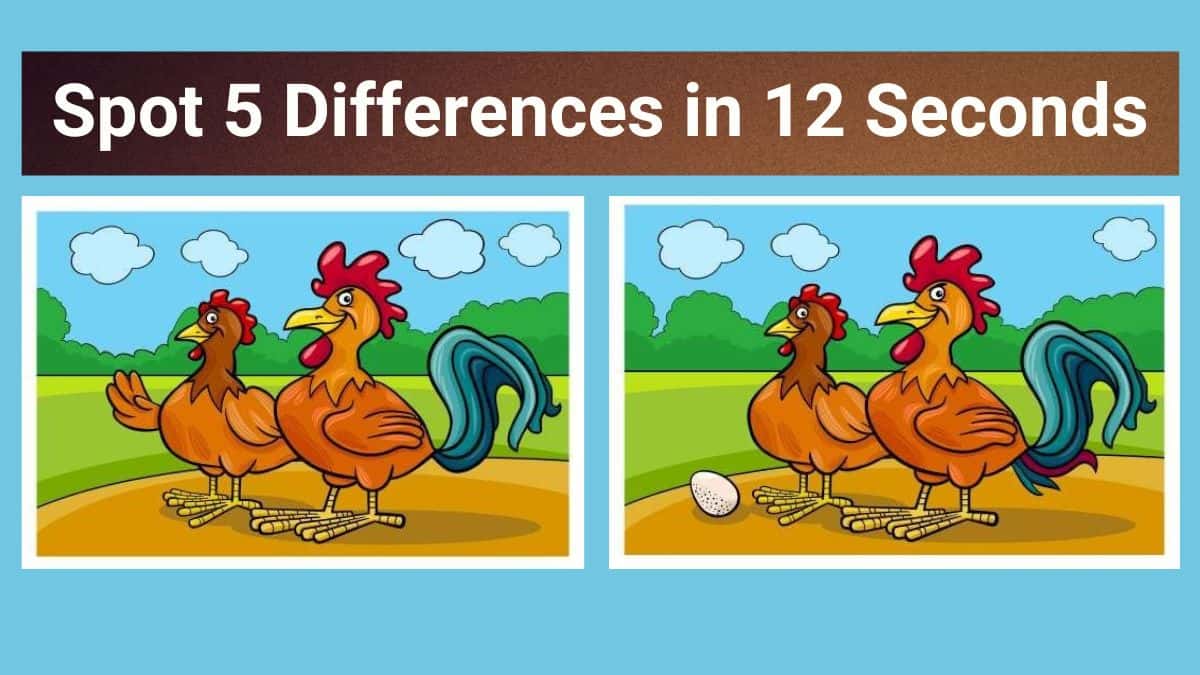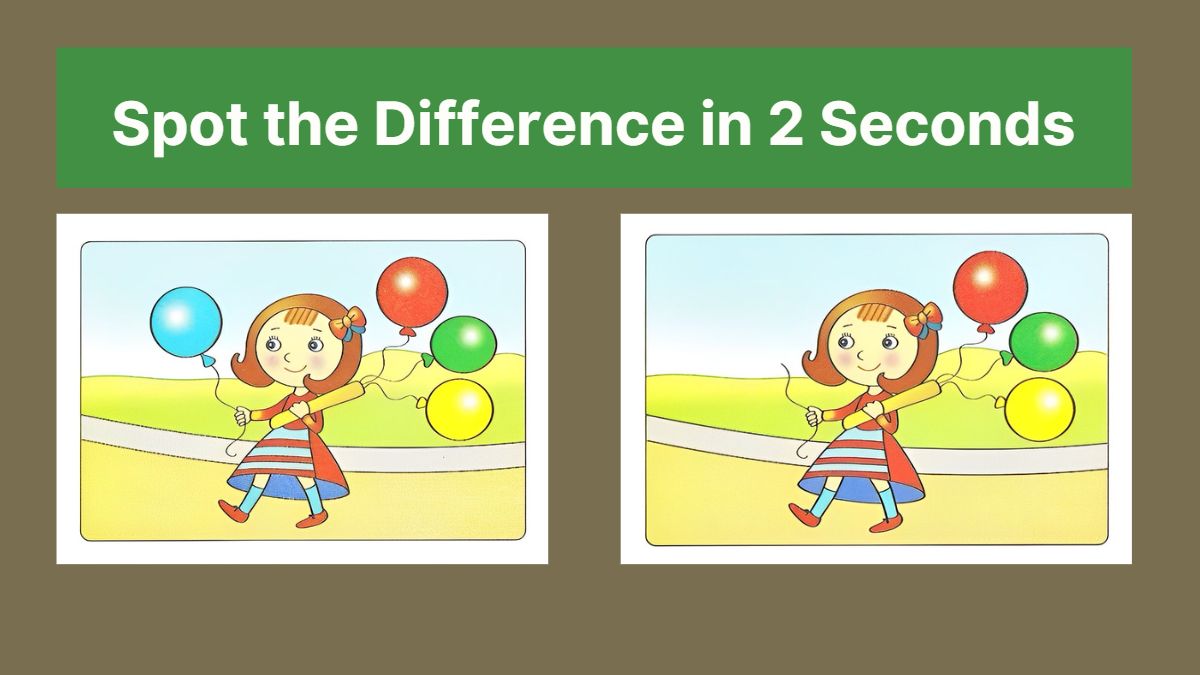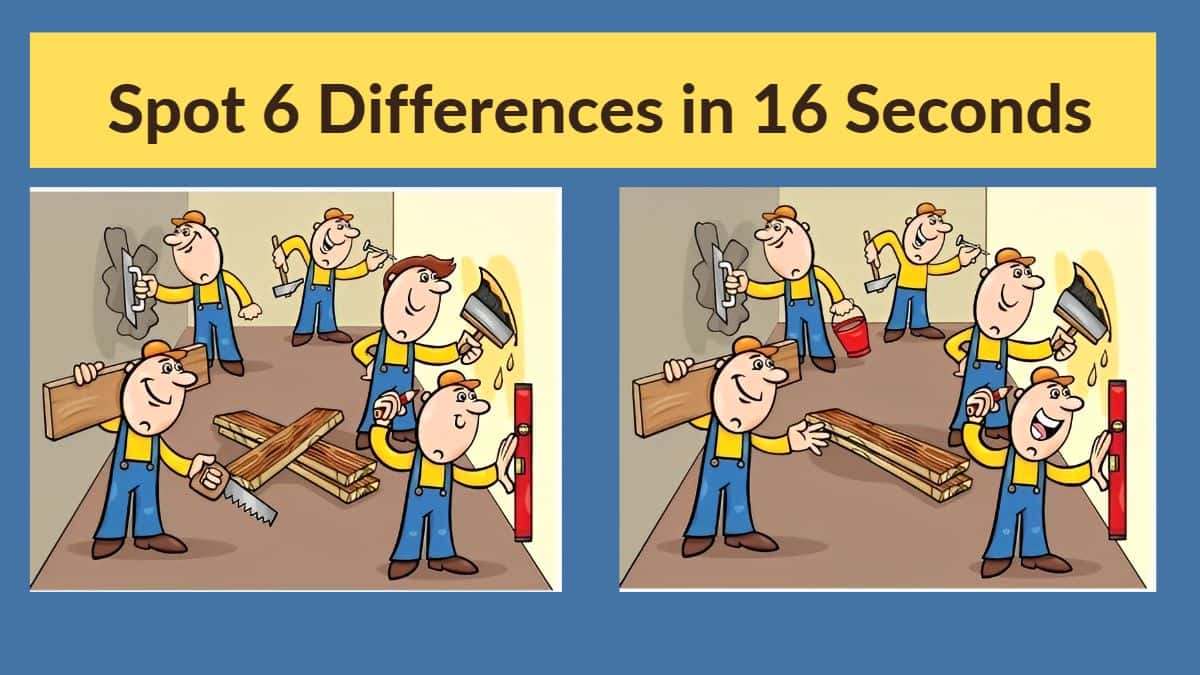There is a kind of humor that truly stands out, often sparking a sudden chuckle or a knowing grin. These are the "what's the difference between jokes," a style of humor that, in a way, takes two things that seem to have nothing to do with each other and finds a surprising connection. You know, the kind of joke that makes you think for just a second before the laughter breaks through. They are, actually, a pretty simple concept, yet they manage to deliver a big comedic punch.
These humorous little stories have been around for a long while, and they really do stick in people's minds. Part of their lasting appeal, you see, is how easy they are to remember and share with others. They often rely on smart uses of language, playing with words and ideas in a way that makes you look at things from a fresh angle. It is almost like a little puzzle for your brain, with a funny solution waiting at the end.
Whether it is comparing animals to food items, or perhaps words to everyday objects, these jokes cover a wide range of topics. They can be lighthearted and innocent, or sometimes a bit more daring, offering a laugh for nearly any occasion. The beauty of them is that they can make you smile no matter what the subject, and they are pretty much always a good way to brighten someone's day.
- Single Game Receiving Yards Record
- Price Of Gasoline In Norway
- Neil Diamond Age Now
- Martin Short Bio
- Nba Top Centers Of All Time
Table of Contents
- What Makes "What the Difference Between Jokes" So Amusing?
- The Heart of "What the Difference Between Jokes"
- How Do You Share a Good "What the Difference Between Joke"?
- Picking the Right Time for "What the Difference Between Jokes"
- Can Anyone Create "What the Difference Between Jokes"?
- Simple Methods to Build Your Own "What the Difference Between Jokes"
- What Are Some Well-Known "What the Difference Between Jokes" Examples?
- Why Do "What the Difference Between Jokes" Stay With Us?
What Makes "What the Difference Between Jokes" So Amusing?
You might ask yourself, what is it about these particular jokes that makes people laugh so much? Well, in some respects, it comes down to the unexpected twist. They take two things that, on the surface, have absolutely no connection, and then they reveal a surprising link or a funny contrast. This kind of setup, you know, really gets your brain working. It is like a little mental exercise that ends with a burst of amusement. The humor often comes from the sheer absurdity of the comparison, or the cleverness of the wordplay that brings the two items together. It is not just about the words; it is about the way the words play off each other, creating a new, funny meaning.
A good "what the difference between joke" does not just tell you something funny; it shows you something funny. It highlights a shared characteristic or a funny contrast that you would never have thought of on your own. This element of discovery, basically, is what makes them so enjoyable. Whether they are a little bit cheeky or leaning more towards a pun, these jokes are pretty much guaranteed to bring out smiles and happy sounds. They are a simple yet very effective way to lighten the mood and get people feeling good. The way they work, they really do invite you to see the humor in everyday things, even when those things seem completely separate from each other.
The Heart of "What the Difference Between Jokes"
The fundamental idea behind "what the difference between jokes" is, quite simply, comparison. They put two items side by side and then point out a humorous unlikeness or a surprising similarity. For instance, think about comparing a piano and a tuna. At first thought, there is no common ground, right? But a good joke will find that one thing that makes the comparison work, usually with a twist of language. It is this unexpected connection, or perhaps the playful way they highlight a lack of identity, that creates the comedic effect. The skill is in finding that one shared trait or that one clever word that bridges the gap between two very different concepts. So, it is about observing the subtle ways things are not the same, and then making that difference funny.
- Sommer Ray Model
- You Are An Amazing Man Quotes
- Level Cement
- Least Paid Player In Nba
- Long Sweet Text Messages For Her
These jokes, you see, often rely on what we might call a "play on words." This means using words that sound similar but have different meanings, or taking a common phrase and twisting it to fit the comparison. It is a smart use of language that rewards listeners who are paying close attention. The joke about a lawyer and a leech, for instance, finds a common, albeit unflattering, trait through word association or perceived behavior. This kind of humor, you know, can be a bit sharp, but it is often delivered with a wink. The core of these "what the difference between jokes" is always about revealing a new perspective, making you consider the items in a fresh, amusing way. It is, in fact, a very clever way to deliver a punchline.
How Do You Share a Good "What the Difference Between Joke"?
Knowing how to tell a joke well is, actually, just as important as the joke itself. Even the most brilliantly worded "what the difference between jokes" can fall flat if they are not delivered with a bit of care. The key, in a way, is in the timing and the delivery. You want to set up the two contrasting items clearly, then pause just a little bit before giving the punchline. That pause, you know, allows the listener's mind to briefly consider the two items, building a tiny bit of anticipation. It is like winding up a spring before letting it go. Your voice and your expression can also add a lot to the joke's impact. A slight smirk, or a raised eyebrow, can signal to your audience that something funny is coming, making them more ready to laugh. So, it is not just the words; it is the whole performance.
Another thing to keep in mind when sharing these jokes is to make sure your audience is ready for them. Some "what the difference between jokes" can be a bit cheeky, or even a little bit dark, so knowing your audience is pretty important. If you are with kids, for example, you would probably pick something like the cat and the comma joke, which is lighthearted and playful. If you are among adults, you might try one that is a bit more sophisticated or has a slightly edgier humor. The goal, basically, is always to get a laugh, and a laugh comes easier when the joke fits the situation and the people listening. It is, in fact, a simple courtesy to consider who you are talking to. You want to make sure your jokes are welcomed, not just heard.
Picking the Right Time for "What the Difference Between Jokes"
Finding the perfect moment to share a "what the difference between joke" can, in some respects, make all the difference in how it lands. These jokes work especially well when there is a natural lull in conversation, or when you are trying to break the ice in a new group. They are pretty good at sparking conversation, too, because they are often thought-provoking in their own funny way. Think about a gathering where people are just getting to know each other; a well-placed joke can really loosen things up. It is, you know, a simple way to connect with others through shared amusement. You are basically offering a little moment of joy, and that is always a nice thing to do.
Moreover, these jokes are great for a casual setting, like a family get-together or a friendly chat. They are typically easy to follow, and their structure makes them simple to recall, so you do not have to worry about forgetting the punchline. You can tell them quickly, and they do not require a lot of background information, which is quite handy. Whether it is a comparison between a blonde and a mosquito, or perhaps a violinist and a dog, the humor usually comes from the immediate, surprising connection. So, in a way, they are a very versatile form of humor, fitting into many different social situations. They are, actually, a go-to choice for many people who enjoy making others smile.
Can Anyone Create "What the Difference Between Jokes"?
You might be wondering if creating these kinds of jokes is something only a few people can do, or if it is a skill anyone can pick up. The good news is that, in some respects, anyone can learn to craft their own "what the difference between jokes." It starts with observing the world around you and looking for those funny, unexpected connections between things. You know, paying attention to how words sound, or how different objects behave. The core idea is to find two things that seem completely unrelated, and then think about their various qualities, their sounds, their common associations, or even just how their names might play together. It is, basically, a playful exercise in looking for patterns and contrasts where you least expect them.
The process often involves a bit of brainstorming and playing with ideas. You could pick a common object, say, a battery, and then try to think of something else that shares a surprising trait, like a woman. The humor comes from that unexpected link, which is often a stereotype or a common saying turned on its head. It is about finding that one point of overlap, even if it is a silly one, and then building the joke around it. So, while some people might have a natural knack for it, it is really a skill that can be developed with practice. You just need to be willing to look at things a little differently, and perhaps, a bit playfully. It is, in fact, a fun way to exercise your creative thinking.
Simple Methods to Build Your Own "What the Difference Between Jokes"
To start making your own "what the difference between jokes," you can try a few simple methods. First, pick two things that are very different. Think about a snowman and a snowwoman, or perhaps a lawyer and a buffalo. Then, think about one characteristic or a common saying that could apply to both, even if it is a stretch. For example, what do both a snowman and a snowwoman typically have? Snow, of course, but what about something else? Perhaps a carrot nose. The humor might come from a shared human-like quality, or a silly physical trait. It is, you know, about finding that one point of connection that is just a little bit absurd.
Another approach is to focus on wordplay. This means looking for words that have multiple meanings, or that sound similar to other words. For instance, the joke about a yogurt and the USA relies on the word "culture." If you leave yogurt alone, it develops a culture; if you leave the USA alone for 200 years, it also develops a culture. This kind of clever use of language is what makes these jokes so satisfying. It is, basically, a little linguistic puzzle. You are finding a shared term or concept that applies in two very different contexts, creating a funny, unexpected link. So, it is a matter of playing with words and ideas until something amusing clicks. You can, in fact, get pretty good at it with a bit of practice.
What Are Some Well-Known "What the Difference Between Jokes" Examples?
There are many examples of "what the difference between jokes" that have become quite popular, showing just how versatile this humor style is. You can find comparisons between animals, like a nun and a duckling, or perhaps a lawyer and a leech. There are also jokes that compare foods, objects, or even abstract ideas. For instance, the joke about a cat and a comma, or Peter Pan and an aeroplane, both play on unexpected similarities or differences in a humorous way. These examples, you know, highlight the cleverness and the wide appeal of this joke format. They are pretty much everywhere once you start looking for them.
Some of these jokes get their laughs from very specific, often well-known, attributes of the things being compared. Think about the joke involving a dad joke and a bad joke. The humor there often comes from the idea that a dad joke is, in some respects, inherently a bit cheesy or groan-worthy, which might be similar to a bad joke. Other examples, like a kleptomaniac and an actor, play on the idea of taking things or performing. The variety of subjects is quite broad, ranging from simple, everyday items to more complex concepts. So, these jokes really do show how humor can be found in almost any comparison, no matter how unlikely. They are, actually, a testament to human creativity.
Why Do "What the Difference Between Jokes" Stay With Us?
These "what the difference between jokes" tend to stick in our minds for a few good reasons. For one, they are often quite short and to the point, making them easy to remember and repeat. Their structure, with the question and then the surprising answer, is also very memorable. It is, you know, a simple pattern that our brains can hold onto. They also often use clever wordplay or surprising insights that make them feel smart, which is pretty satisfying. When a joke makes you think for a second before you laugh, that laughter feels a bit more earned, and it stays with you longer.
Moreover, these jokes are often very relatable, even when they compare seemingly unrelated things. The humor often comes from a shared human experience or a common understanding of the world, even if it is a silly one. Whether it is a joke about pizza and opinions, or perhaps a violinist and a dog, the underlying point often touches on something we recognize. They are, basically, little nuggets of humor that offer a fresh perspective on everyday things. This ability to make us see things differently, and to do it with a laugh, is what gives "what the difference between jokes" their lasting appeal. They are, actually, a very effective way to bring a bit of lightness into any conversation.
This article has explored the nature of "what the difference between jokes," examining what makes them funny, how they are structured, and the ways people can share and even create their own. We have looked at how these jokes rely on comparing seemingly unrelated subjects, often using clever wordplay to deliver a surprising and amusing punchline. The discussion covered the importance of timing in telling these jokes and how they can fit into various social situations. We also touched upon the process of crafting new jokes by observing connections and playing with language. Finally, we considered why these jokes remain popular and memorable, attributing it to their concise nature, cleverness, and ability to offer fresh, humorous perspectives on the world.
- Makeup Ideas For Wedding
- Long I Love You Text
- Pretty Mermaid Names
- Lena The Plug Love
- You Are An Amazing Man Quotes


